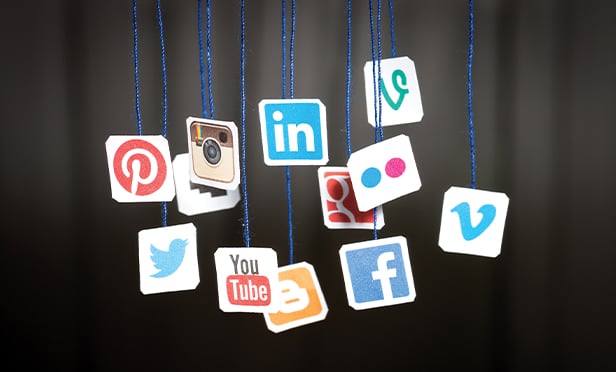 Customers no longer require the best bargain, and often place values such as equity and inclusion, or environmentally friendly practices above the needs of their pocketbook. (Photo: REDPIXEL/Adobe Stock)
Customers no longer require the best bargain, and often place values such as equity and inclusion, or environmentally friendly practices above the needs of their pocketbook. (Photo: REDPIXEL/Adobe Stock)
A customer, who happens to have an Instagram following in the tens of thousands, snaps a selfie. In the background are hundreds of cattle packed into a small, muddy enclosure and being fed by a dozen workers wearing tattered clothing. The caption reads, "Bob's Fast Food imports beef from a factory farm in central Asia where the workers don't have shoes. You are what you eat, don't support animal and worker abuse. #humanrights #animalrights #boycottbobs @BobsFastFood"
Recommended For You
Want to continue reading?
Become a Free PropertyCasualty360 Digital Reader
Your access to unlimited PropertyCasualty360 content isn’t changing.
Once you are an ALM digital member, you’ll receive:
- Breaking insurance news and analysis, on-site and via our newsletters and custom alerts
- Weekly Insurance Speak podcast featuring exclusive interviews with industry leaders
- Educational webcasts, white papers, and ebooks from industry thought leaders
- Critical converage of the employee benefits and financial advisory markets on our other ALM sites, BenefitsPRO and ThinkAdvisor
Already have an account? Sign In Now
© 2025 ALM Global, LLC, All Rights Reserved. Request academic re-use from www.copyright.com. All other uses, submit a request to [email protected]. For more information visit Asset & Logo Licensing.








